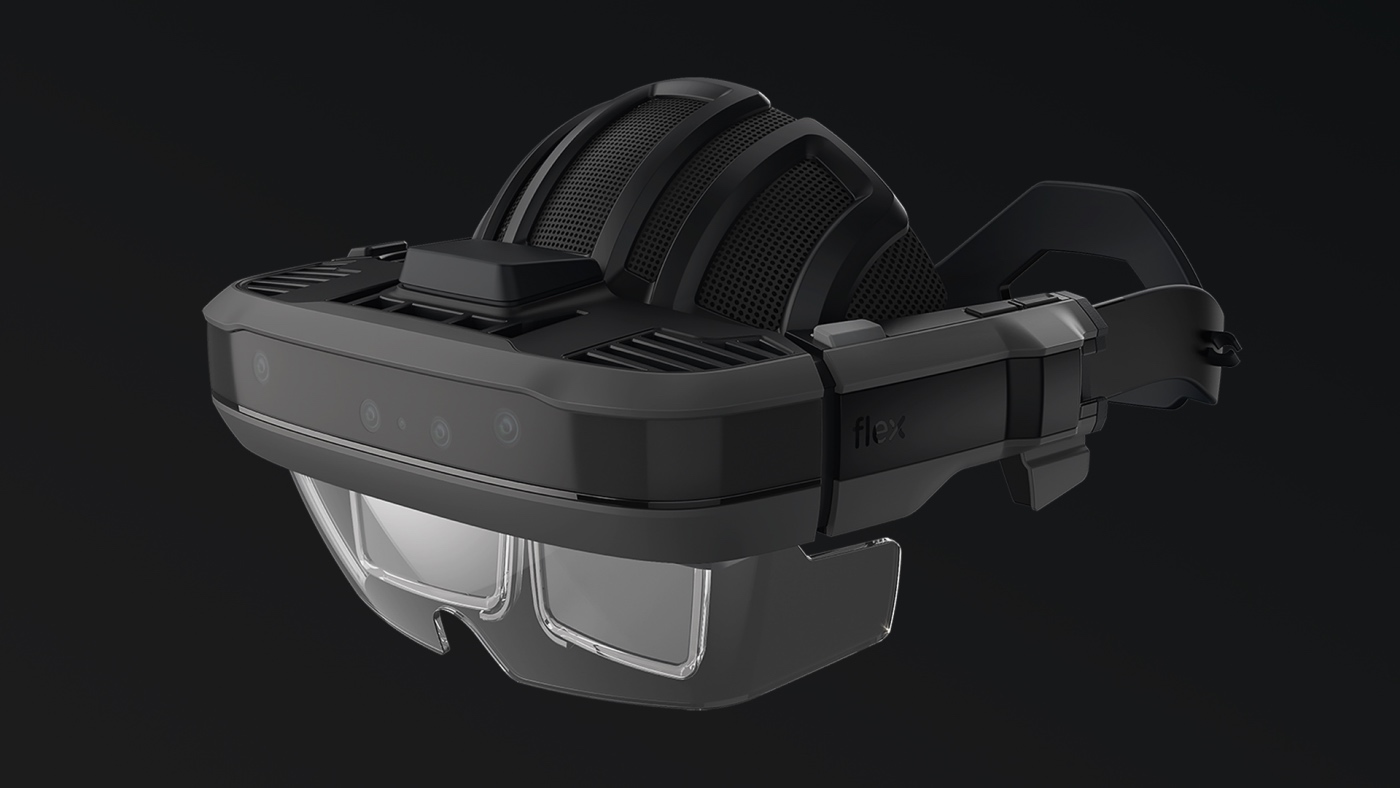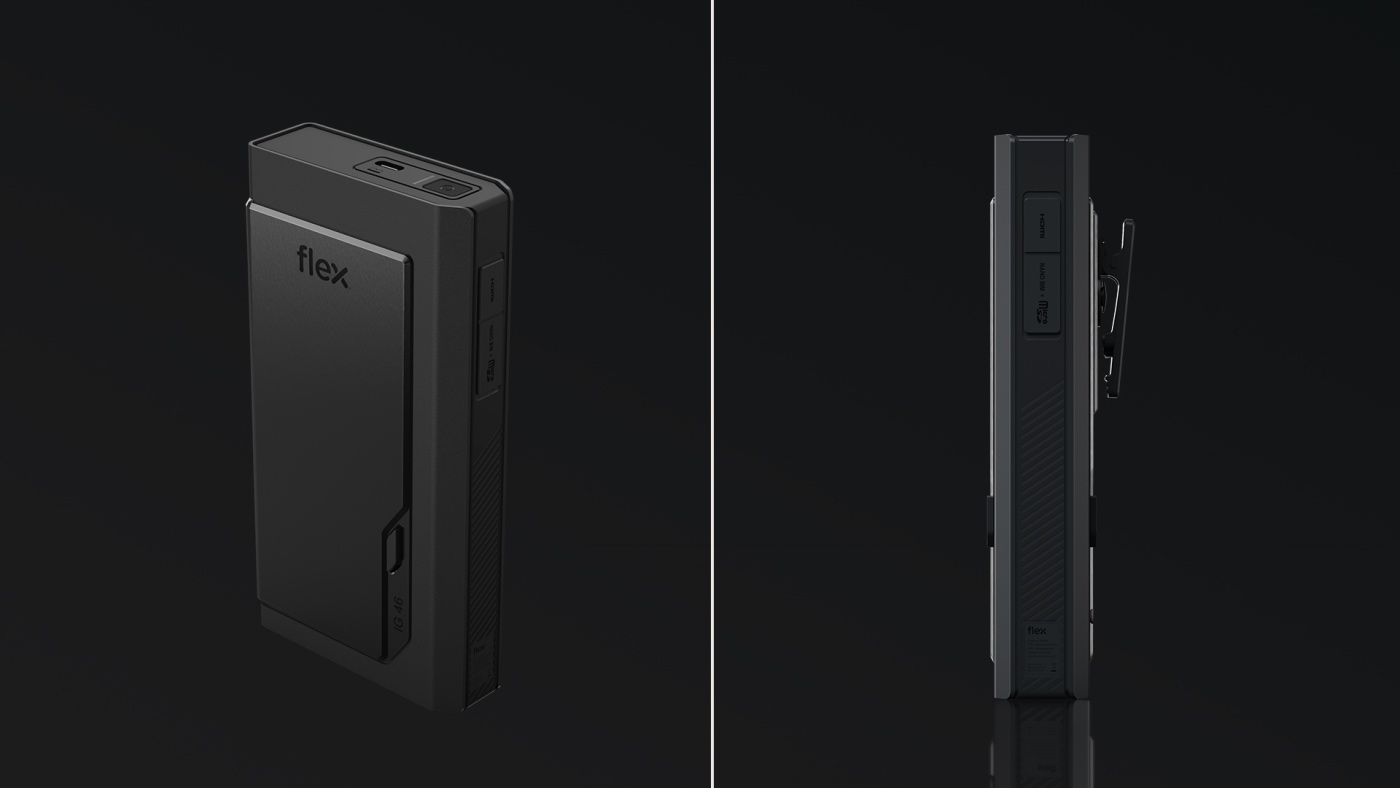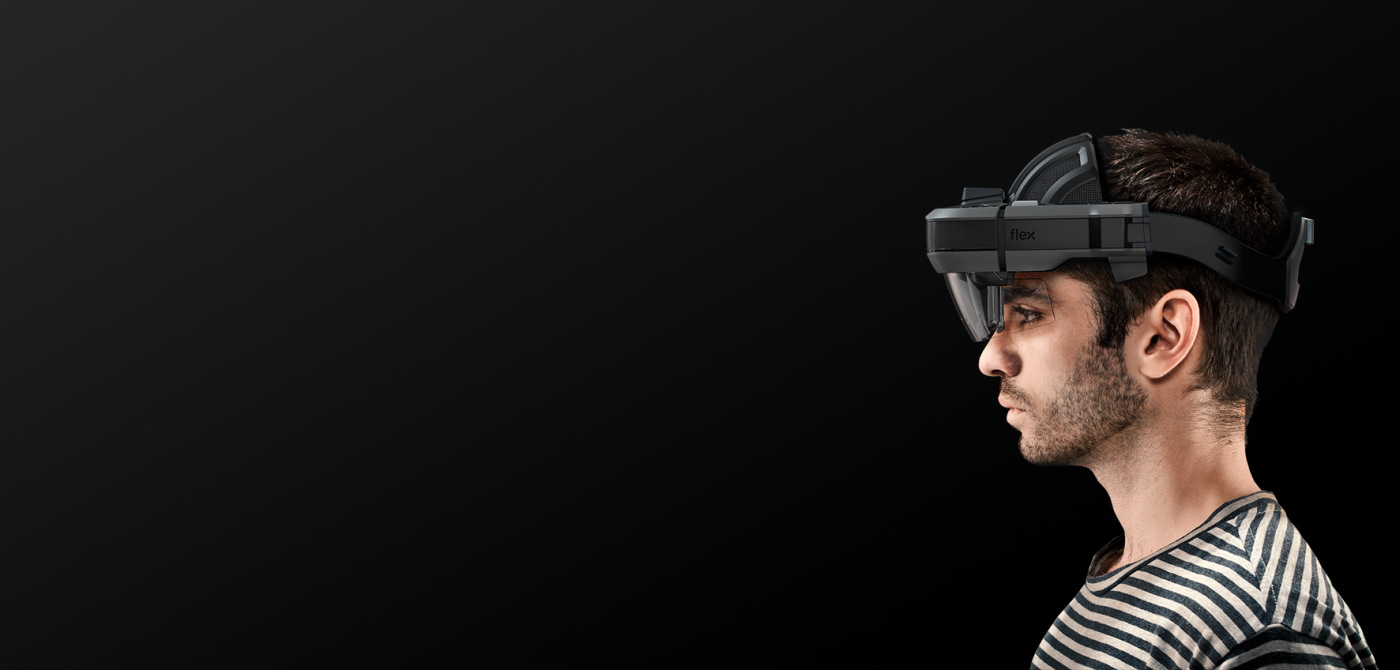second largest contract manufacturing company in the world
Flex is the second largest contract manufacturing company in the world that designs and manufactures technological products for companies in various industries and end-markets.
With the rapid advancements of the augmented reality technology and growing demand for AR/VR products in the industrial field, Flex initiated a world- first industrial-grade head-mounted display (HMD). Unlike Microsoft Hololens and Facebook Oculus, Flex wasn’t interested in developing an end-user product, the idea was to create a platform that accommodates the requirements of Flex’s own clients from different fields.

strategically combining requirements from different clients
Flex has all kinds of clients, from software companies to heavy-duty industrial corporations that are interested in having products and applications built upon the HMD platform. In order to make the platform truly versatile, Flex had to strategically combine requirements from different clients. The framing stage included interviews with Flex clients, and enabled Nekuda to integrate all these requirements, reflect back how each of them will impact the product and, finally, adjust mutual expectations. Even before we started working on the design.
History shows that proper framing saves our clients a good deal of time, money and other resources.
As an example, let’s take a weight issue (with HMD, it’s always the weight). Initially, Flex wanted smart glasses form factor. However, our data shows that you can’t put more than 120 gram on the nose and ears for a long period of time, or else it will be extremely uncomfortable and even dangerous. Early on in the process, we already were on 320 gram, so we had to adjust and change form factor from glasses to a headset.
Another requirement challenge for us was to come up with a suitable solution for heat dissipation. The HMD has multiple sensors, robust optics, a processor and other hardware that emit significant heat. We couldn’t use standard heat dissipation solutions, as all of them clash with another key industrial grade requirement – waterproofing. Our team researched exotic materials that can efficiently absorb heat and withstand water at the same time and eventually we found plastics that qualified as a brand new cooling solution. But this material couldn’t be covered with color or texture, which interfered with a branding element… and so on, and so forth. To unbridle this knot of requirements we had to do a lot of back and forth with the client before the holistic idea transformed into a realistic design reference.

anthropometric variability
For this project we invented a unique headset ergonomics system that was co-patented by Flex and Nekuda. It addresses a critical requirement to cover 100% of adult head sizes and shapes, both male and female, of all racial head-forms. Because of such anthropometric variability, our design put most of the weight to the back of the head, the most universal part across different heads. This construction also allows to quickly adjust a headset which is useful for jobs that require frequent donning and doffing.

consistent and rigorous project management
To bring different disciplines into one room and align multiple client & partner teams is one of Nekuda’s unique abilities, which proved to be instrumental in this project. Over the years, we have refined a product development methodology for creating logic, clarity, alignment and coordinating teams to get through complex, multistage projects.
Two weeks after the kickoff, we hosted two dozen stakeholders from Flex’s global technology, design, manufacturing, marketing and other teams to our Tel Aviv office for a 3-day workshop to establish together a single vision and identify problems and risks. We defined use cases to better understand what the design should be. With Flex’s product-as-a-platform approach suggesting a wide range of use cases and user scenarios, we were at risk of trying to achieve too much and ending up with an HMD that is too heavy, too expensive and ultimately doesn’t delight any individual user.
In projects like this, limitations are a critical part of the process that is attained through consistent and rigorous project management. Nekuda became a provider of the order and team alignment because we already had a depth of experience in designing HMDs, we knew how to fit complex technology, optics and electronics, with many, often contradictory requirements into one small box, literally and metaphorically speaking.
Industrial grade HMD design
This project gave us a mountain of new data and a few patents. But more importantly, the end result is the first HMD design born in the industrial field and tailored for working long hours outside, in the heat or rain. The Flex AR reference design won the Chicago Athenaeum 2018 Good Design Award. And who knows, maybe in the future it will even be considered an industry standard.
